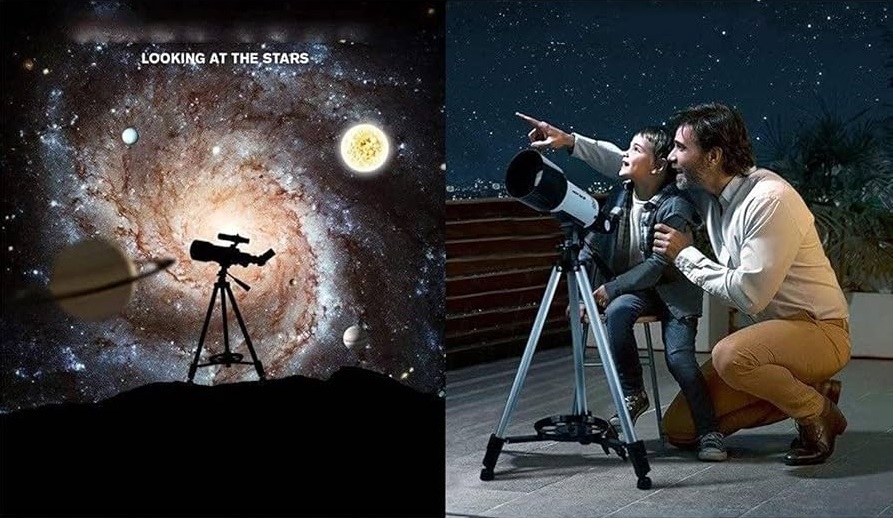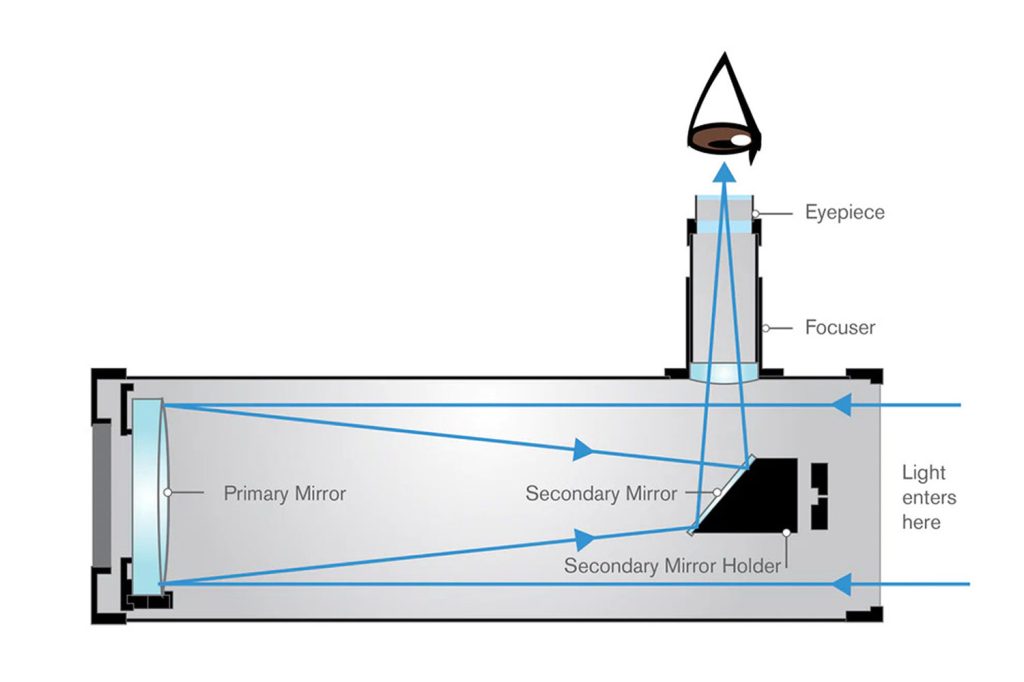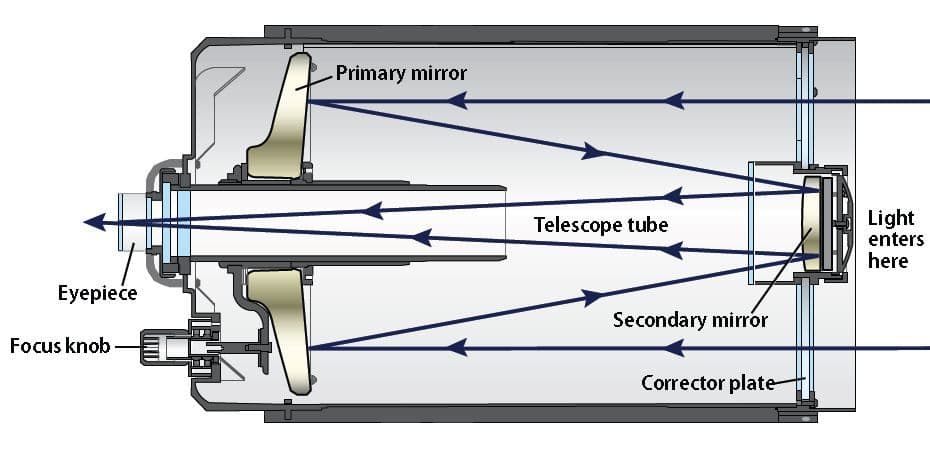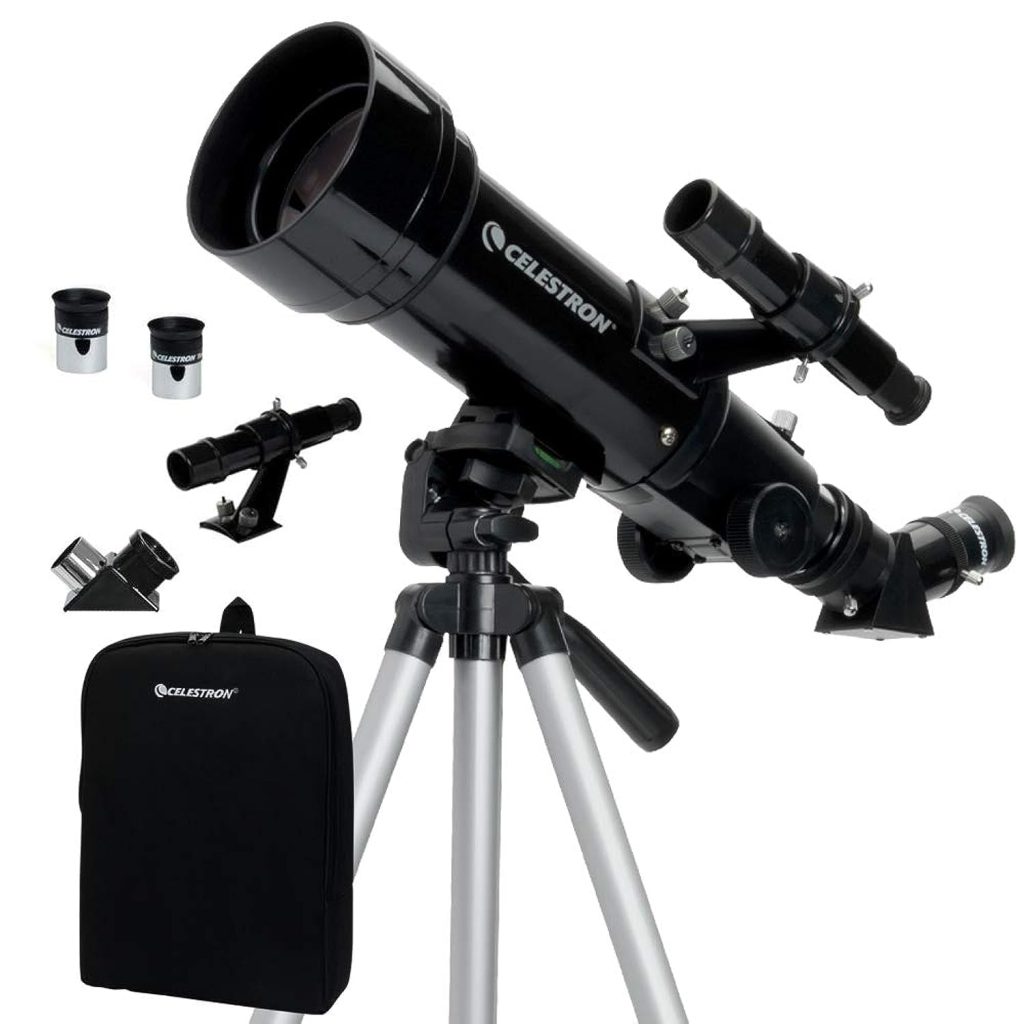Introduction
Stargazing is a rewarding hobby that connects us to the cosmos. Whether you’re dreaming of observing craters on the Moon, the rings of Saturn, or distant galaxies, the right telescope can transform your viewing experience. But with so many models and features available, choosing the perfect telescope for stargazing can feel overwhelming. This guide breaks it down to help you find the best telescope for your needs.

1. Know Your Stargazing Goals
Before buying a telescope, ask yourself what you want to observe:
- Planets and the Moon? Choose a telescope with higher magnification.
- Deep-sky objects like galaxies and nebulae? Opt for a larger aperture.
- Portable stargazing trips? Consider size and weight.
Knowing your goals helps you match features to your interests.
2. Understand Telescope Types
There are three main types of telescopes:
Refractor Telescopes
- Use lenses to form images.
- Great for beginners and planetary viewing.
- Low maintenance and good for terrestrial use too.

Reflector Telescopes
- Use mirrors instead of lenses.
- Ideal for deep-sky viewing due to larger apertures at lower cost.
- Require occasional alignment (collimation).

Compound (Catadioptric) Telescopes
- Combine lenses and mirrors.
- Versatile and compact, suitable for all-around use.
- Slightly more expensive but excellent image quality.

3. Consider Aperture Size
Aperture (the diameter of the main lens or mirror) is the most important feature. It determines how much light your telescope can gather.
- Beginner-friendly: 70–100mm (2.8″–4″) aperture
- Intermediate/serious viewing: 130mm (5″) or more
- Deep-sky exploration: 200mm (8″) or larger
More aperture = better image detail and brightness.
4. Check the Mount Type
A good mount stabilizes your telescope and helps you track objects.
- Altazimuth Mount: Simple up/down, left/right movement—great for beginners.
- Equatorial Mount: Tracks celestial motion—better for long-term astronomy and astrophotography.
- Motorized or GoTo Mounts: Automatically track and locate objects—ideal for those who want convenience.

5. Think About Portability
If you plan to stargaze away from light-polluted areas, consider how easy your telescope is to transport and set up. Smaller refractors or compact compound telescopes are travel-friendly.

6. Don’t Overlook Accessories
Useful telescope accessories include:
- Eyepieces: Different magnifications for various views.
- Barlow Lens: Multiplies the magnification of eyepieces.
- Finder Scope or Red Dot Finder: Helps you aim your telescope.
- Star Diagonal: Improves viewing comfort.
- Smartphone Mounts: For beginner astrophotography.
7. Set a Realistic Budget
Telescopes can range from $100 to several thousand. Beginners can find quality starter scopes between $150–$400. Avoid toy-like scopes that promise high magnification but lack quality optics.
Conclusion
Choosing the perfect telescope for stargazing depends on your viewing interests, experience level, and budget. Focus on aperture size, telescope type, and ease of use to ensure a rewarding stargazing experience. With the right gear, the night sky is yours to explore—one star at a time.


